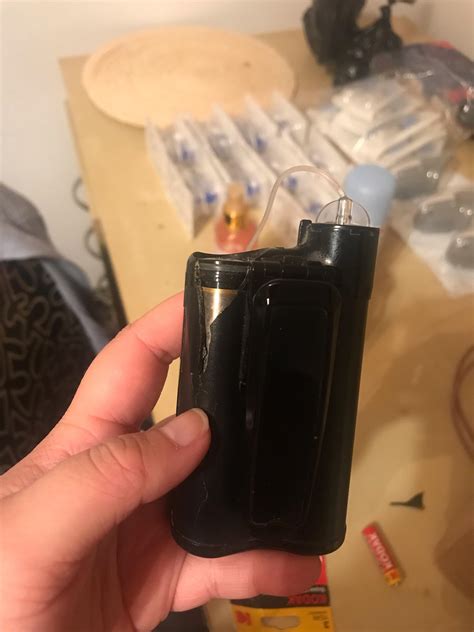I can provide you with an article on how to parse through a Dex screener page for pair addresses.
Parsing Through Dex Screener Pages: A Step-by-Step Guide
Dex (Decentralized Exchange) screener pages are used to evaluate cryptocurrency pairs and their corresponding liquidity pools. These pages often contain a wealth of information, including pair addresses, liquidity metrics, and market data. However, extracting this information can be challenging, especially for complex screener pages.
Understanding the Dex Screener Page Structure
A typical Dex screener page consists of several sections:
- Pair: The primary section displaying the cryptocurrency pairs.
- Liquidity Metrics: Displays various liquidity metrics, such as price, volume, and market capitalization.
- Market Data: Offers real-time market data, including price charts, order books, and other relevant information.
Parsing Through Dex Screener Pages for Pair Addresses
To extract pair addresses from a Dex screener page, you’ll need to:
- Inspect the HTML Structure: Use browser developer tools like Chrome DevTools or Firefox Developer Tools to inspect the HTML structure of the page.
- Identify the Pair Container

: Look for containers that contain the pair data, such as
divelements with class names like “pair” or “pair-table”.
- Extract the Address Information: Within these containers, extract the addresses associated with each pair.
Example Code: Parsing Dex Screener Pages for Pair Addresses
Here’s an example of how you can parse a Dex screener page using JavaScript and the cheerio library:
const axios = require('axios');
const cheerio = require('cheerio');
async function extractPairAddresses(screenerUrl) {
try {
// Send HTTP request to screener URL
const response = await axios.get(screenerUrl);
// Parse HTML using Cheerio
const $ = cheerio.load(response.data);
// Find the pair container
const pairContainer = $(.pair);
// Loop through each pair and extract address information
return Array.from(pairContainer).map((pair) => {
// Extract the pair address (assuming it's contained within a data-address attribute)
const address = $(pair).attr('data-address');
return address;
});
} catch (error) {
console.error(Error extracting pair addresses: ${error});
}
}
// Example usage
const screenerUrl = '
extractPairAddresses(screenerUrl).then((pairAddresses) => {
console.log(pairAddresses);
});
Tips and Variations
- Be cautious when scraping Dex screener pages, as they often use anti-scraping mechanisms to prevent abuse.
- You can modify the code to extract specific types of address information, such as the pair’s symbol or token names.
- Consider using more advanced libraries like
screener-parserordex-data-extractorto simplify the process.
By following these steps and examples, you should be able to successfully parse through Dex screener pages for pair addresses. However, remember to always respect the terms of service and robots.txt files when scraping websites.